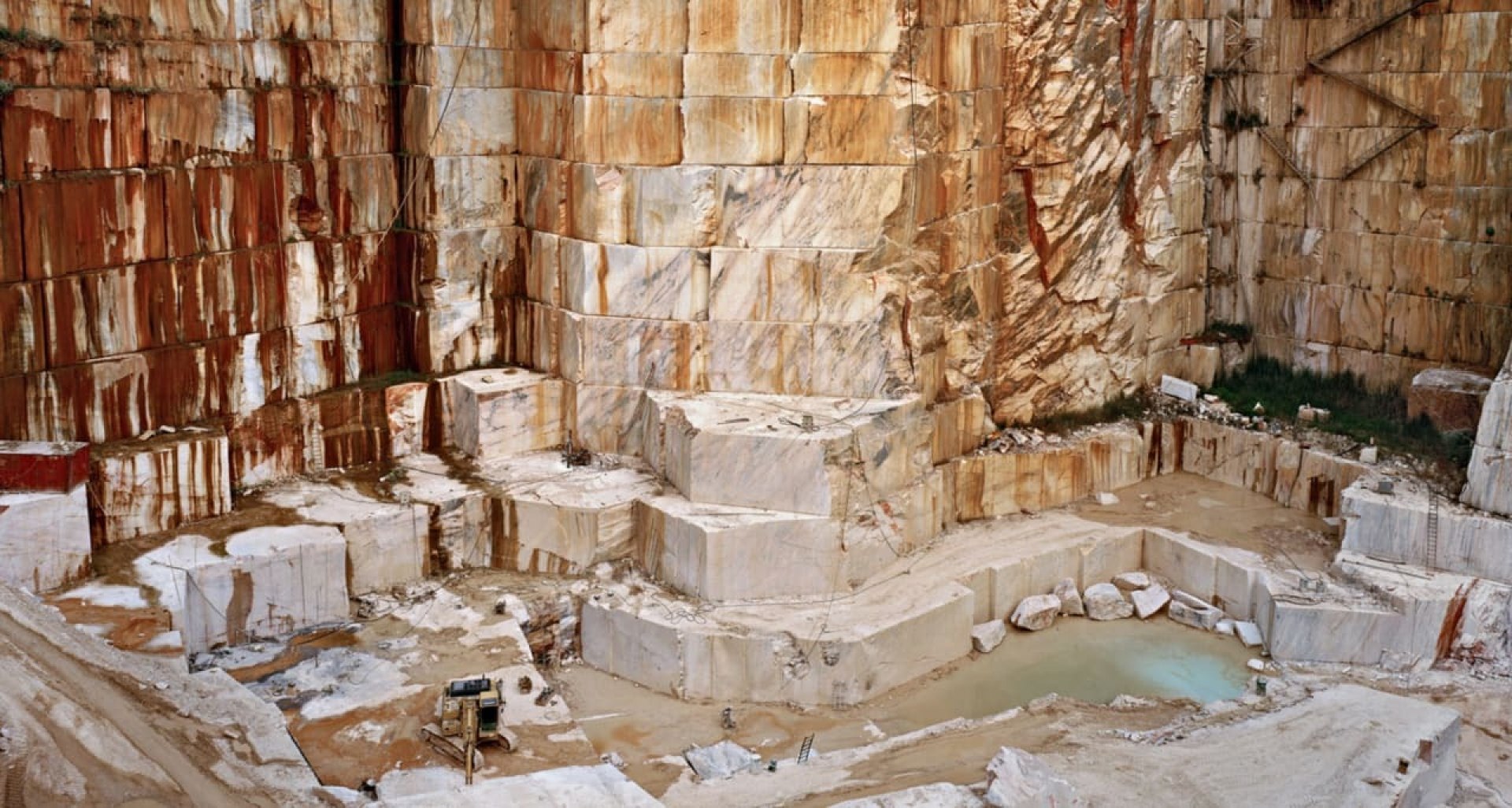Das Rheingold
Mo | Tu | We | Th | Fr | Sa | Su |
Unique in the history of opera, The Ring of the Nibelung is the colossal tetralogy Richard Wagner worked on for thirty years. First performed in 1869, the Prologue The Rhinegold unveils from its first telluric chord a world riddled with existential questions. Who will obtain the power of the ring forged from the gold of the Rhine? The gods, the giants or the Nibelungen?
Borrowing from Norse and Germanic mythology, Wagner conceived an extraordinary cycle that reflected his innovative ambition: to create a total work of art inspired by ancient tragedy. As well as revolutionising the art of opera, he also devised theatrical material open to multiple interpretations.
Director Calixto Bieito places The Rhinegold in a context dominated by digital virtuality and questions the impact of technology and science on human beings.
Program and cast
Prologue in four scenes to "Der Ring des Nibelungen" (1869)
Creative team
Richard Wagner - Music
Richard Wagner - Libretto
Pablo Heras-Casado - Conductor
Calixto Bieito - Director
Rebecca Ringst - Set design
Ingo Krügler - Costume design
Michael Bauer - Lighting design
Sarah Derendinger - Video
Bettina Auer - Dramaturgy
Cast
Ludovic Tézier - Wotan
Florent Mbia - Donner
Matthew Cairns - Froh
Simon O'Neill - Loge
Kwangchul Youn - Fasolt
Mika Kares - Fafner
Brian Mulligan - Alberich
Gerhard Siegel - Mime
Eve-Maud Hubeaux - Fricka
Eliza Boom - Freia
Marie-Nicole Lemieux - Erda
Margarita Polonskaya - Woglinde
Isabel Signoret - Wellgunde
Katharina Magiera - Flosshilde
The Paris Opera Orchestra
Duration : 2h30 no interval
Language : German
Surtitle : French / English
Paris Opera Bastille
RM Europa Ticket GmbH is an officially accredited ticket reseller of/by Opera National de Paris.
Agency number: 4848428
Opéra Bastille
A great modern theatre
The Opéra Bastille is the work of the Canadian-Uruguayan architect Carlos Ott, who was chosen in November 1983 after an international competition that attracted entries from some 1,700 architects. The theatre was inaugurated on July 13th 1989.
Its architecture is marked by transparent façades and by the use of identical materials for both the interiors and the exteriors.
With its 2,700 acoustically consistent seats, its unique stage facilities, its integrated scenery, costume and accessory workshops, as well as its numerous work areas and rehearsal rooms, the Opera Bastille is a great modern theatre.
Stage facilities
Orchestra pit, mobile and adjustable, can be covered; at its largest it can house 130 musicians
Main stage, 45 m high, 30 m wide, 25 m deep, made up of 9 elevators allowing several levels to be created and supported by three main elevators, which bring scenery up from below stage
Clearing zones, 4 storage areas with the same dimensions as the stage
Backstage area, with its scenery turntable
Circulation area, scenery temporarily stored between the stage, workshops and rehearsal stage
Rehearsal stage, the Salle Gounod, with its orchestra pit and dimensions identical to those of the main stage
The building
Area at ground level: 22,000 m²
Floor area: 160,000 m²
Total height: 80 m (including 30 m below street level)
The auditoriums
The main auditorium
Area: 1,200 m², 5% of the total for the building
Dimensions: 20 m high, 32 m deep, 40 m wide
Number of seats: 2,703
Materials: blue granite from Lannelin in Brittany, pearwood from China, glass ceiling
The amphitheatre
Area: 700 m²
Depth : 21.4 m
Number of seats : 450
Materials: white breccia marble from Verona, staff ceiling
The Studio
Area: 280 m²
Depth: 19,5 m
Number of seats: 237
Materials: white breccia marble from Verona and pearwood

 EN
EN DE
DE IT
IT FR
FR ES
ES RU
RU JP
JP RO
RO
 Seating plan
Seating plan